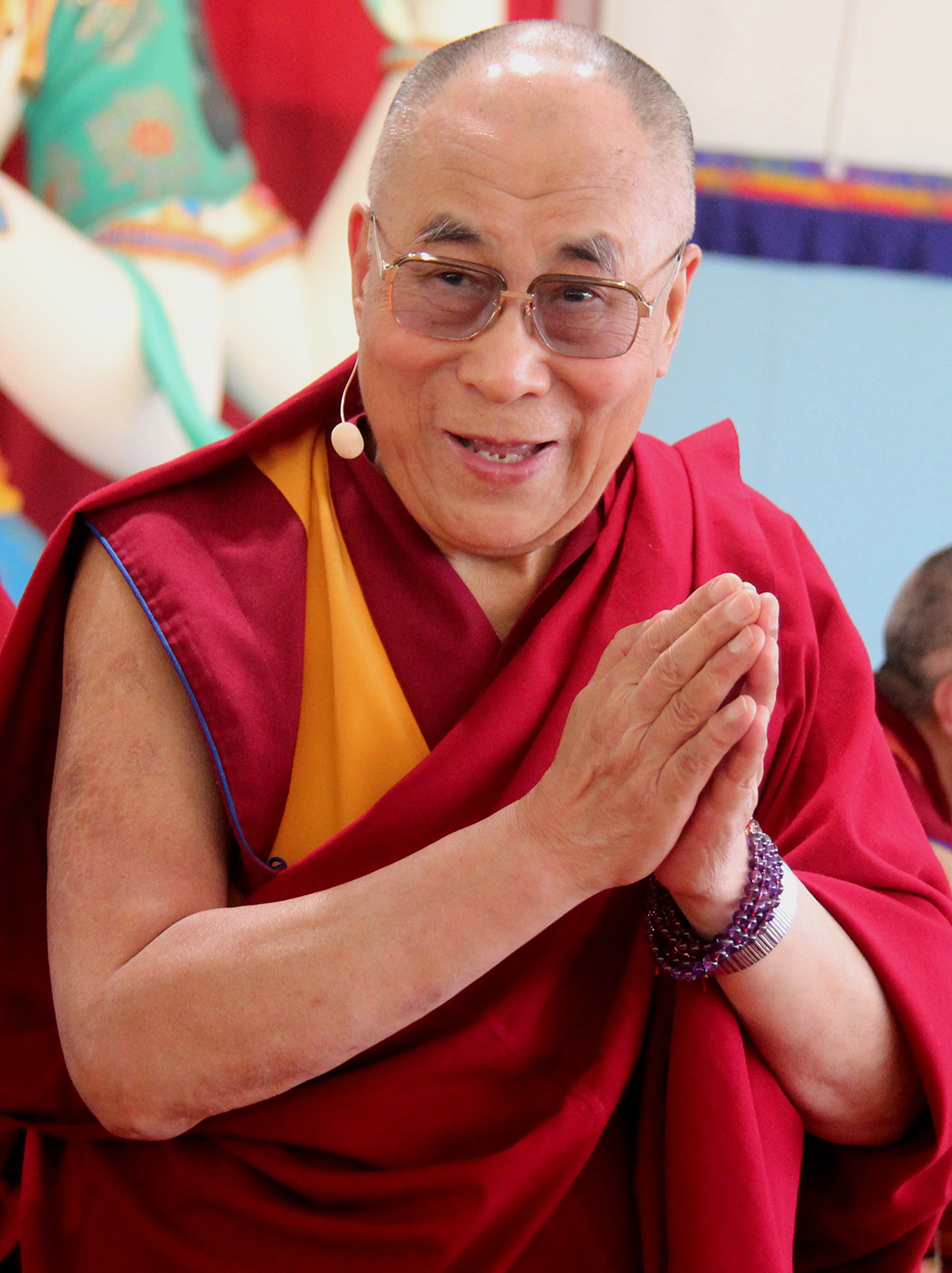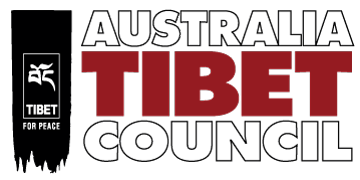
Reflections on peace and Tibet
By ATC Executive Officer Zoë Bedford
Today is the International Day of Peace, so I thought I would reflect on the topic of peace and Tibet.
The Tibetan struggle has contributed to peace over the years, as it is a struggle rooted in nonviolent resistance. The Chinese Government occupied Tibet in a violent manner with tanks and military troops and has since employed violence, repressing the Tibetan people with arrests, torture, deaths in custody, the destruction of monasteries. The people of Tibet have remained steadfast in their nonviolent methodology of resistance such as; protest, non-cooperation, collective action; Tibetans often use cultural and religious tactics such as mass circumambulation, Tibetan art, songs and poetry to express their veneration of the Dalai Lama, their love of their homeland and the desire for freedom.
It is important to also recognise the part YOU play in the Tibetan struggle.
The Tibetan struggle is international and supporters around the world have ensured that the violent repression of Tibet is not going unnoticed. The important role that Tibet supporters worldwide play in appealing to our governments and demanding action, for example with the Magnitsky Act – that would allow Australia to impose sanctions on the worst human rights abusers in the Chinese Government. This campaign and others are the way that Australians can contribute peacefully to a world where the Dalai Lama’s dream of Tibet as a zone of peace could come true.
The nonviolent nature of the Tibetan struggle has been spearheaded by the Dalai Lama who made a pledge to nonviolence at the site of Gandhi’s cremation in India; saying “As I stood there, I wondered what wise council the Mahatma would have given me if he had been alive,” wrote the Dalai Lama years later in his autobiography. “I felt sure he would have thrown all his strength of will and character into a peaceful campaign for the freedom of the people of Tibet … I made up my mind … to follow his lead whatever difficulties might confront me. I determined more strongly than ever that I could never associate myself with acts of violence.”
From a movement that was largely built around the expression of opposition to the Chinese Government occupation of their homeland, the Tibetan people have transformed their resistance into a more sophisticated struggle in which the focus is on mind, speech and action. Tibetan liberation from the colonised mindset is key to their political liberation. The fact that Tibetans are waging a quiet but resilient nonviolent movement in an immensely repressive political climate shows that there are ways to resist even the deepest acts of violence. Indeed, research that made a quantitative analysis of 323 movements over the course of a century concluded that nonviolent movements were more than twice as likely to succeed as armed movements. The nonviolent struggle of Tibet is a hopeful pathway with both a moral superiority but also a superiority in achieving a successful outcome [1].
Every time you speak out about a Tibetan who has been imprisoned for their beliefs, who has been tortured for speaking out, every time you write to the Australian Government to make a positive change for Tibet, you are contributing to the Tibetan peoples nonviolent struggle.
Over 30 years ago the Dalai Lama outlined his 5 Point Peace plan, with a commitment to Tibet being a zone for peace, buffering the two major powers of China and India and demanding respect for Tibet’s natural environment and for the Tibetan people’s fundamental rights and freedoms. For decades the people of Tibet have been consistent in their desire to forge for themselves a peaceful future, free from the violent occupation that they are currently enduring. Tibetans inside Tibet have shown resilience and the power to stay true to a nonviolent pathway in the face of violent oppression. Tibetan religious leaders who now often live in exile as refugees teach pathways for individuals to inner peace. Earlier this year the Dalai Lama still spoke on Tibetan culture and its potential to contribute to peace, stating “that taking an interest in it is a practical step. It’s not so much a question of maintaining customs for their own sake, but of preserving the knowledge, the cultural tradition conveys. In this case, what is useful and beneficial is the means to cultivate peace of mind and so contribute to peace in the world.”
Remember also that you have played an important part in Tibet’s nonviolent struggle. The pressure that Tibet supporters here in Australia and around the world put on their governments to acknowledge the nonviolent resistance of Tibetan people to the Chinese government’s violent repression plays a part in supporting the Tibetan people’s resistance movement.
Without the support of people like you and your commitment to the possibility of a future Tibet being one of self-determination of Tibetan people and transformed under the Dalai Lama’s five point peace plan, ATC would not be able to continue our work for Tibet. Please consider signing up to our monthly giving program, Voice for Tibet, from as little as $10 per month you could be helping ATC continue our work for the nonviolent struggle of Tibetan people.
[1] The Tibetan Nonviolent Struggle: A Strategic and Historical Analysis by Tenzin Dorjee
